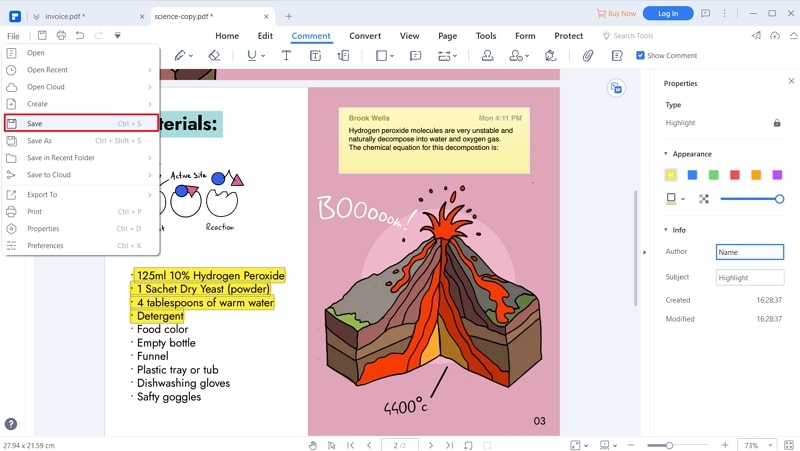After going through this article, converting Excel to PDF offline won’t be a challenge anymore.
Excel files find plenty of applications, especially in financial transactions or data entry and processing. Although Excel files appear simple, working with them requires expertise. If you want to present, edit, or share your Excel files, you need to convert Excel to PDF. While it may sound as easy as pie, the crux of the matter is that finding the right Excel to PDF converter offline can be a rough ride. Fortunately, this article gives you the best way to convert Excel to PDF offline.
3 Ways to Convert Excel to PDF Offline in Excel Directly
Converting Excel to PDF offline is not a complicated task. There are several ways, and your choice depends on your preferences. Many people don’t know that Microsoft Excel offers plausible options to convert Excel to PDF offline. While it may appear like a tool to do a bunch of arithmetic and data processing, Microsoft Excel offers more. Here, we look at several methods to convert Excel to PDF offline on Microsoft Excel.
Step 1 Open an Excel file
Go to the folder where the target Excel file is saved, then click to open it with Microsoft Excel.
Way 1 Save Excel as PDF
When the Excel file is opened, go to the “File” menu, then choose the “Save As” option. Select the desired destination folder to access the “Save As” window. Here, click the “Save As” drop-down arrow and select “PDF” as your output format. Click “Save” to convert your Excel to PDF offline. Your Excel file will now be converted to PDF and saved in the destination folder. You can go to that folder and find your new PDF file.
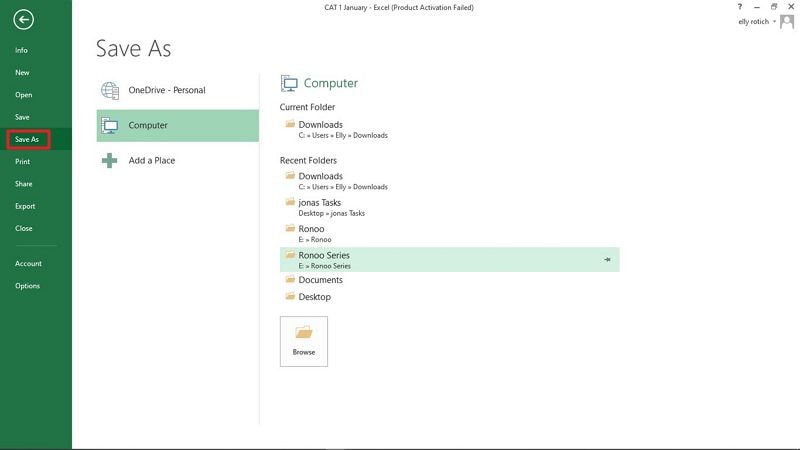
Way 2 Print to PDF
You can also convert Excel to PDF using the “Print” option. Open your Excel file, then go to File>Print. Proceed to the “Printers” section and scroll down the list. From this list, choose PDFelement. After choosing PDFelement as your printer, hit “Print.” Now, PDFelement will start converting your Excel file to PDF. When it is done, it is opened on the PDFelement interface. Just save it by navigating to File>Save.
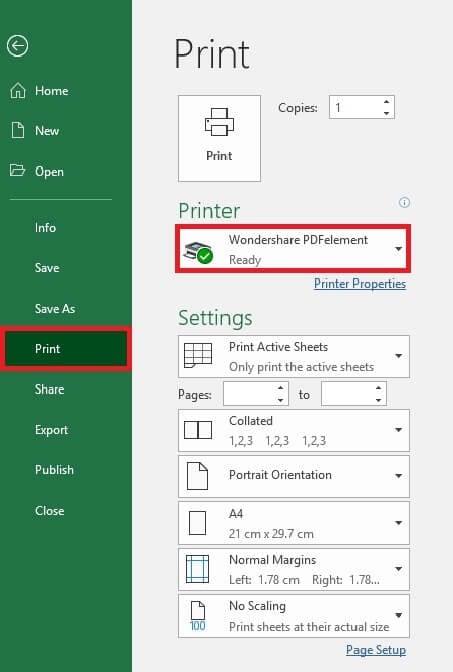
Way 3 Export to PDF
Alternatively, you can use the “Export” option to convert Excel to PDF offline. Simply click the “Export” option under the “File” menu. Select the “Create PDF/XPS” from the options displayed on the right, followed by the respective button. Now the program will display the “Publish PDF/XPS” window. Click the “Options” button and choose your desired preferences. Once satisfied, exit the Options box and click “Publish” to convert your Excel to PDF offline.
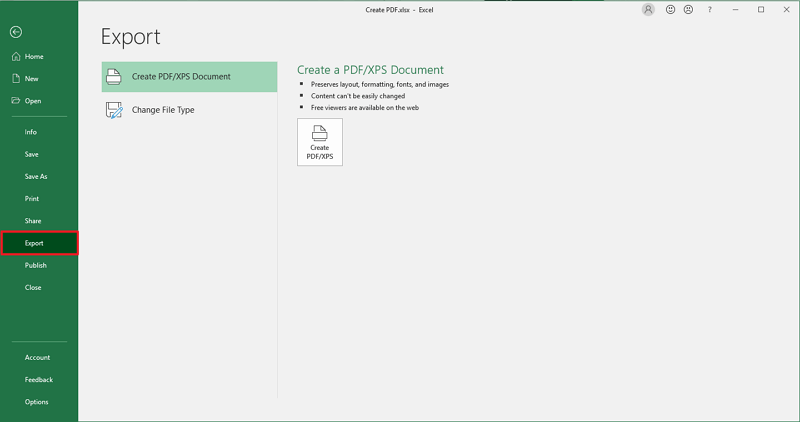
How to Convert Excel to PDF Offline Using PDFelement
PDFelement Pro is a powerful PDF software used by different sizes and types of organizations across the globe. This program is equipped with several excellent features that make handling any type of PDF task easier. The good thing with PDFelement is that it is easy to use, fast, affordable, compatible with several devices, supports batch conversion and has a wide range of file formats. Some of the features of PDFelement include print, editing, converting, creating, protecting, annotating, sharing, performing OCR, and compressing PDF. Download the free trial version, then upgrade to the unlimited premium version for a better experience.
How to Convert Excel to PDF Offline with PDFelement
PDFelement offers a seamless way to convert Excel files to PDF. The steps are straightforward, and anyone can follow without challenges. The steps are expounded below.
Step 1 Download PDFelement
To begin with, download PDFelement to your computer. From there, install the program and launch it to access the main window. Click the “Create PDF” tab and browse the target Excel file from the subsequent file explorer window. Choose the Excel file and hit “Open” to import it.
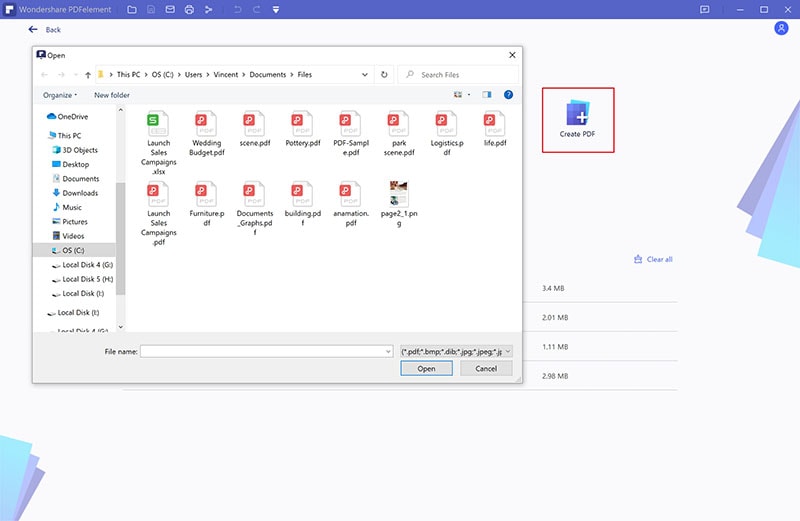
Step 2 Convert Excel to PDF
PDFelement will immediately start converting your Excel file to PDF. You can monitor the progress in the background. When it is completed, the file will open on PDFelement.
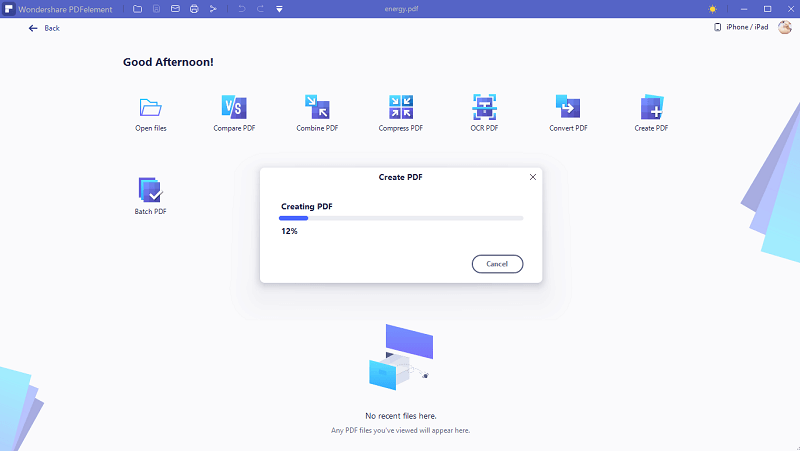
Step 3 Save PDF file
Now that your Excel is converted to PDF, you need to save it. Simply go to the “File” menu, then choose “Save” from the options displayed. Your file is now saved and converted to PDF.
